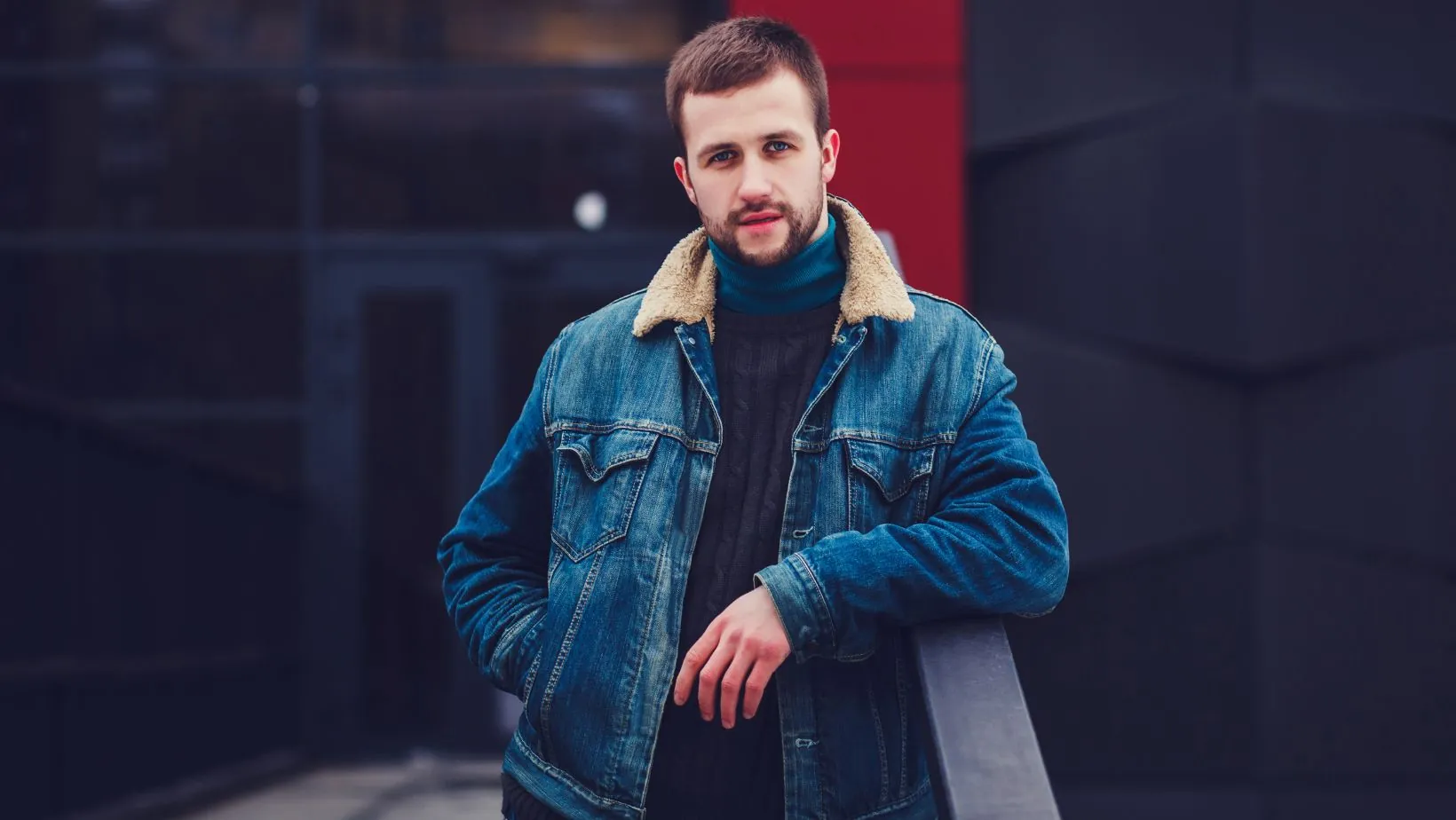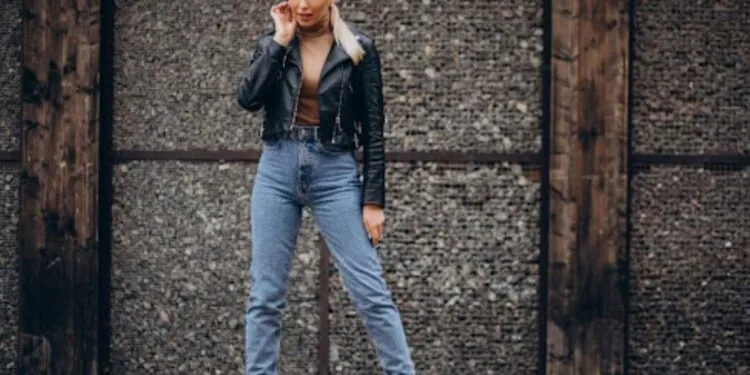Denim has long been a staple in wardrobes, but as we enter 2026 and beyond, it is evolving into exciting new forms. We are witnessing changes not just in cuts and washes, but also in materials, construction, and design, as different styles are combined. These innovations promise not only style but also improved wearability. In this article, we will explore new denim trends, including reconstructive denim, engineered stretch, hybrid fabrics, utility and modular features, and deconstruction. We will also discuss which trends are likely to last and how Charlie B is preparing for these changes.
Reconstructive And Upcycled Denim
Instead of making jeans from scratch, more designers are turning vintage denim or leftover pieces into new garments. This approach creates unique items with their own textures and stories, while reducing waste. Expect patchwork, asymmetry, and visible stitching to become stronger design elements.
Engineered Stretch And Smart Fabrics
Stretch denim is not a new concept, but the future will introduce engineered yarns and blends that enable flexibility, recovery, and shape retention in all directions. Fabrics may adjust to movement, providing comfort while still holding their shape. This change will help denim stay relevant as the focus on performance wear increases.
Hybrid Fabrics
Hybrid garments that combine denim with soft knit or jersey materials are gaining popularity. For instance, you’ll find jeans with knit waistbands or jackets featuring sweatshirt sleeves.

These designs offer structure where needed and softness for comfort, appealing to those who appreciate versatility and a balance of style.
Utility And Modular Details
Function will take on a bigger role in denim design. Features like cargo pockets, removable panels, and adjustable hems are expected to gain popularity. These modular elements let wearers customize their jeans for various environments and uses, meeting the demand for multipurpose clothing.
Deconstruction And Visible Construction
Frayed hems, raw edges, and exposed seams emphasize authenticity and craftsmanship. While some shoppers still prefer clean finishes, deconstruction offers an edgy, artisanal vibe that appeals to fashion-forward consumers.
Architectural Silhouettes And Volume Play
We will see more barrel-leg, balloon cuts, sculptural pleating, and exaggerated wide legs. Denim is expanding beyond just slim or straight fits; it is becoming a fabric for creativity in shape and proportion.
Which Trends Will Last?
Not all denim trends will endure. Here’s a look at what’s likely to stick:
Engineered stretch and hybrid fabrics: High longevity. Comfort and versatility are timeless priorities for consumers.
- Reconstructed and upcycled denim: Medium to high. Sustainability is gaining momentum, though cost and scalability may limit widespread use.
- Utility and modular details: Medium. Functional fashion has its fans, but it may remain a niche market.
- Deconstruction and Raw Edges: Medium. This appeals to certain markets but is unlikely to dominate the mainstream denim market.
- Architectural volume silhouettes: Medium. Looser shapes will continue, though extreme cuts may come and go.
Overall, trends that focus on comfort, sustainability, and functionality are most likely to endure.
How We Can Lead The Way
We are well-positioned to embrace these changes while staying true to its focus on creating flattering, versatile fashion. Here are some of our opportunities:
- Hybrid designs: Incorporating denim pieces with knit inserts or flexible waistbands will meet customer demand for comfort without compromising style.
- Reconstructed denim collection: Limited collections using patchwork or repurposed fabrics can showcase craftsmanship and sustainability.
- Utility-inspired details: Small additions, such as adjustable hems or hidden cargo pockets, can update classic Charlie B styles.
- Deconstructed accents: Offering raw hems or exposed stitching in select styles can attract customers seeking a contemporary edge.
- Sculptural silhouettes: Creating wide-leg or barrel-leg cuts with flattering seams will keep bold shapes wearable.
These strategies let us explore new ideas while continuing to provide timeless, customer-friendly denim.
Charlie B And The Future Of Denim
Charlie B has always focused on modern, wearable designs that strike a balance between comfort and style. As denim evolves, the brand can uphold this tradition by thoughtfully embracing trends that align with its values. By testing capsule collections, offering hybrid pieces, and exploring utility or deconstructed details, we can appeal to style-conscious consumers without alienating loyal customers who prefer classic cuts.
With careful integration of future trends, we can establish itself as a brand that not only keeps up with denim innovation but also helps define what modern denim looks like for women in the years ahead.
Conclusion
The future of denim extends beyond seasonal cuts, focusing on functionality, sustainability, and design innovation. Reconstructive styles, engineered fabrics, hybrids, utility features, and bold silhouettes are shaping the future of denim in 2026 and beyond. Some movements may remain niche, while others—especially those focused on comfort and sustainability—are likely to become wardrobe staples.











